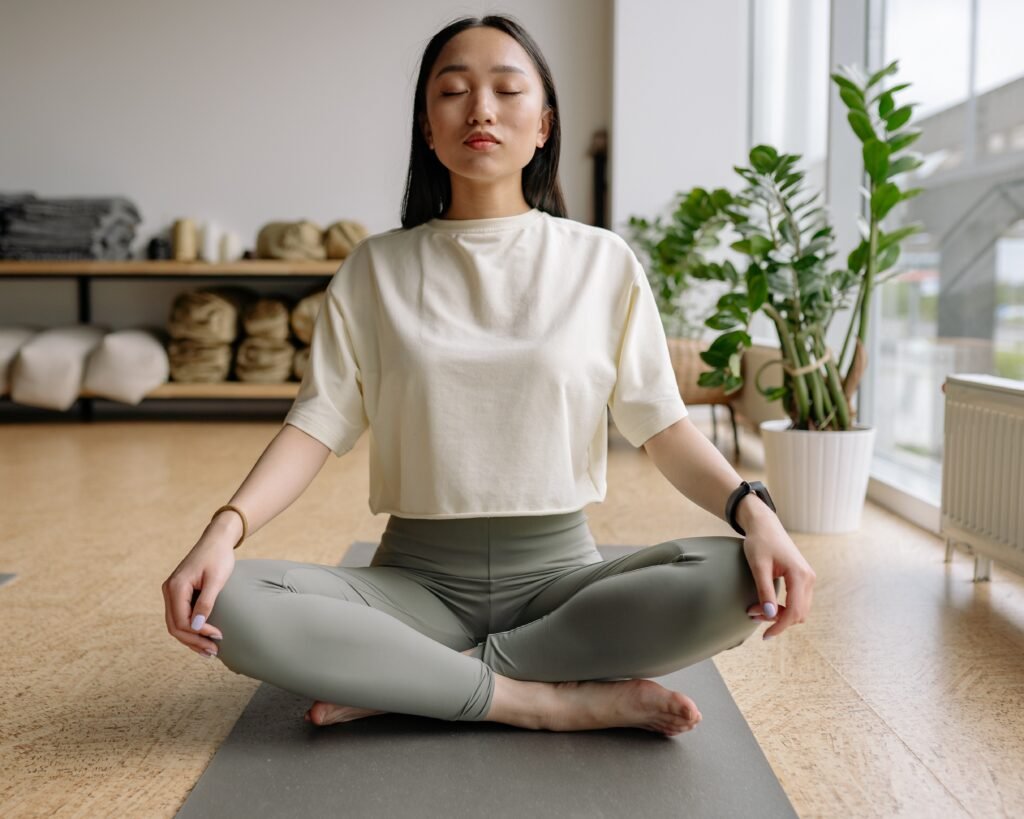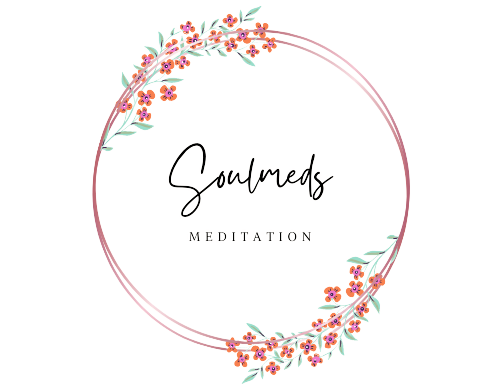9 Best meditation techniques for beginners
soulmeds
Meditation is a practice that involves training the mind to focus and achieve a state of calmness and relaxation. It has been practiced for thousands of years and is known to have numerous benefits for the mind, body, and soul. It teaches you how to respond, rather than react, to situations in your life. Meditation is a simple practice to connect with yourself, if you practice it on regular basis you will feel a level of ease in your life.
Although there are different kinds of meditation techniques, the end objective is frequently the same across all of them: finding contentment and inner peace. As individuals are looking for ways to lessen stress and anxiety as well as to enhance their general well-being, meditation is the best way to get it. Through a series of guided meditations and teachings, those who partake in the practice connect with their inner selves and get a greater understanding of their own spiritual nature.
The goal of this discipline is to produce a world that is more upbeat, peaceful, and harmonious via the personal transformation of individuals. Any meditation practice should ultimately strive to make us happier and more content with our life. We can create a stronger sense of inner peace and contentment by setting aside time each day for stillness, self-reflection, and mindfulness. This can have a positive effect on every part of our life.
Why meditation is important?
There are numerous benefits of meditation for our mental as well as physical health and also approved by scientific researches. This article is limited to some words but the meditation benefits are not. But to get all these benefits we need to start with a proper and suitable meditation technique for ourself.
It’s may be not so much easy for a beginner to sit for hours and think of nothing or suddenly start thinking positive. So when we start meditating for the first time guided meditation technique is most suitable for beginners. Some benefits and importance of meditation are:
- Lower blood pressure
- Improved blood circulation
- Lower heart rate
- Less perspiration
- Slower respiratory rate
- Less anxiety
- Lower blood cortisol levels
- More feelings of well-being
- Less stress
- Deeper relaxation

Different types of meditation techniques
Meditation techniques refer to various methods or practices that aim to help individuals focus their attention, calm their minds, and achieve a state of inner peace and relaxation. These techniques have been used for centuries in various spiritual traditions, including Buddhism, Hinduism, and Taoism, as well as in modern mindfulness-based practices.
- Mindfulness meditation
- Concentrated meditation
- Guided meditation
- Rajyoga meditation
- Loving-kindness meditation
- Yoga meditation
- Zen meditation
- Vipassana meditation
- Mantra meditation
By practicing meditation daily you will feel a positive and wonderful change in your life and in front of that change, all problems of life seems very small and minor. For a beginner it may be difficult to a meditation technique for ourself but it is not a big challenge because the ultimate goal of every meditation practice is to get peace and happiness in life. We just need to start in a proper way.
The goal of meditation is not to control your thoughts, but to stop letting them control you
Best meditation techniques for the beginners
Every meditation practice has a lot of benefits but it takes time to get the results. In meditation we need patience and the meditation itself helps to build patience in a person. So we just need to start it, everything situation of life become easy for us. And the best technique for the beginners is:
1. Guided meditation
When start meditation, we are unaware about our mistakes and did not get the desired results. So for the starting It would be better to start with a guidance to practice it in right way and get some positive changes. Guided meditation involves following the instructions of a teacher or a recorded audio guide. The aim is to promote relaxation, focus, and self-awareness. Each type of meditation has its unique benefits and approach, and individuals can choose the one that best suits their needs and preferences
2. Concentrated meditation
In today’s hectic society, meditation is a crucial exercise for enhancing attention. People may improve their capacity to concentrate and accomplish their goals by strengthening the prefrontal cortex, lowering tension and anxiety, and increasing sustained attention through concentration meditation.
Concentration meditation entails concentrating on one thing. Meditation might involve paying attention to the breath, reciting a mantra or a single phrase, gazing at a candle flame, hearing a gong strike repeatedly, or counting beads on a mala. Although it might be difficult to focus the mind, a novice may just meditate for a short period of time before increasing the time.
What is the best time to meditate?
Meditation time is just as important as meditation techniques for getting some valuable results.Which time is best for mediation is really a confusing question for beginners, and I also said that you have to find your best time by yourself. Because whenever you get time, you can meditate, which gives you peace and relaxation.
The time I prefer to meditate is in the early morning, but that is not good for people who usually wake up late in the morning. You can meditate whenever you have time and feel comfortable. The one that is most important in the meditation practice is consistency.
Steps you should follow during meditation
Whenever we start something new, we need some guidance and experience. When we are meditating for the first time, we surely don’t have any experience, so it would be better to start with guidance and follow the steps as they guide. There are some important considerations before beginning meditation.
1. Choose a peaceful, comfortable area where you won’t be bothered to meditate.
2. Choose a comfortable seat with your feet flat on the floor and your back straight.
3. Pay attention to your breath or a particular item, and attempt to keep your concentration there for as long as you can.
4. Gently return your attention back to your breath or the subject of your concentration when it begins to stray.
5. Practice regularly, even if it’s just for ten minutes each day.
Things to be keep in mind while meditating
- Don’t force it: Meditation is about relaxation and letting go. Trying too hard can create tension and defeat the purpose of the practice. Instead, allow yourself to settle into a comfortable and relaxed state.
- Don’t try to go too deep: During mediation it’s natural to want to reach a deep state of relaxation during meditation, but don’t force it. Allow yourself to naturally progress and deepen your meditation practice over time.
- Take breaks: If you feel uncomfortable or restless during meditation, take a short break and then return to your practice. Avoid pushing yourself too hard or sitting for too long, especially if you’re a beginner.
- Don’t judge yourself: It’s normal for your mind to wander during meditation. When this happens, simply acknowledge the thought and gently bring your focus back to your breath or other point of focus.
- Practice regularly: Consistency is key when it comes to meditation. Try to practice regularly, even if it’s just for a few minutes each day. Over time, you’ll develop a deeper understanding and appreciation for the practice.
- Avoid distractions: Find a quiet, peaceful space where you can meditate without distractions. If you’re easily distracted, consider using earplugs or a white noise machine to help you focus.
